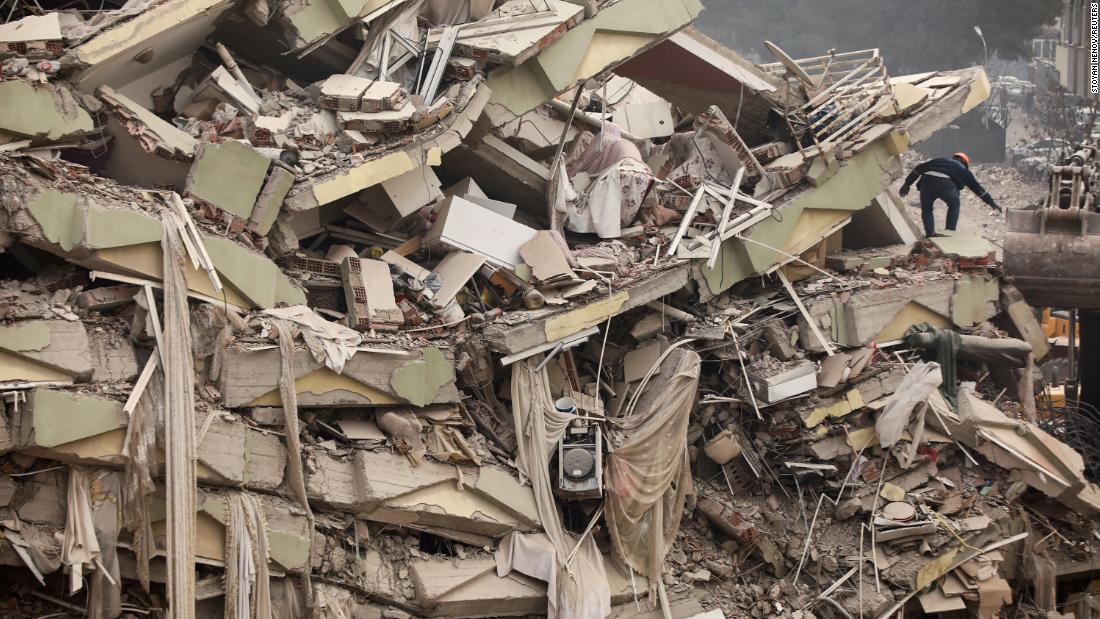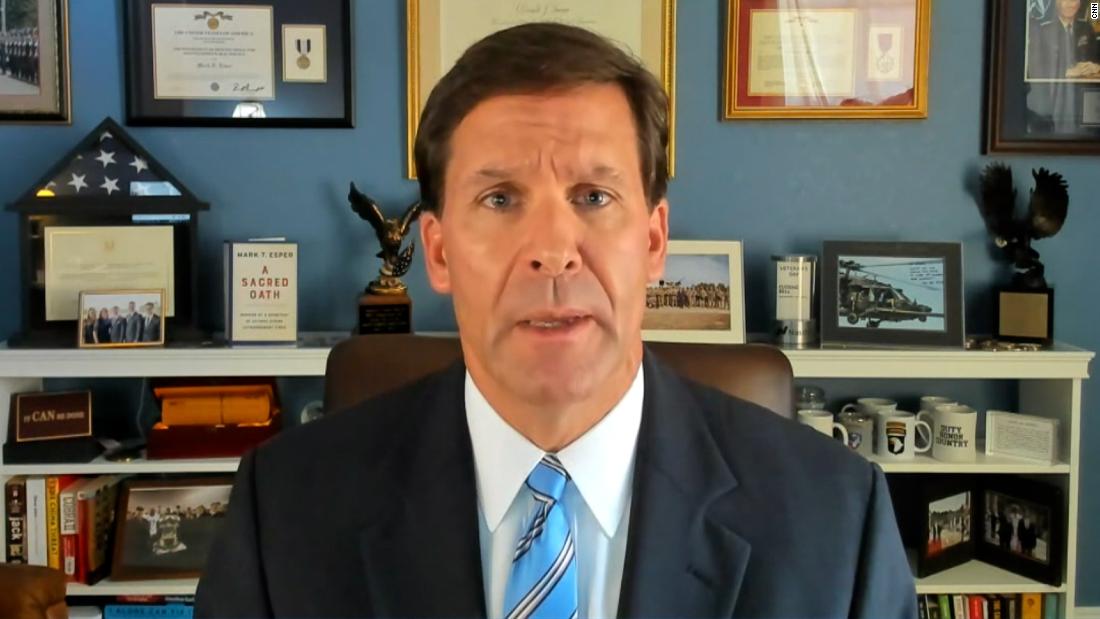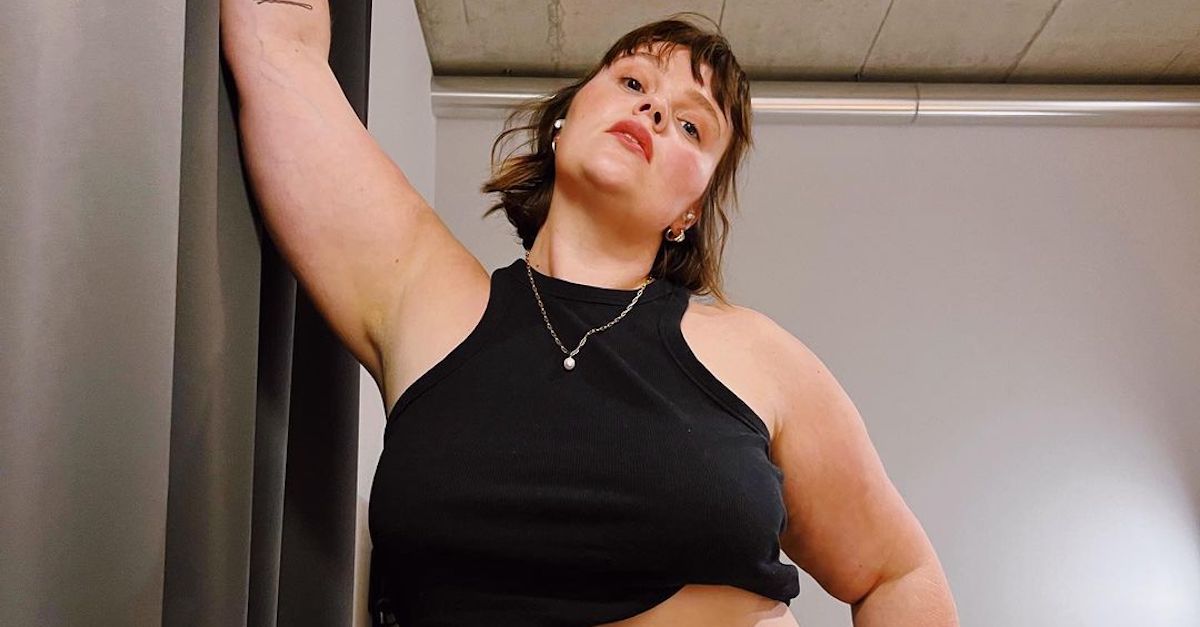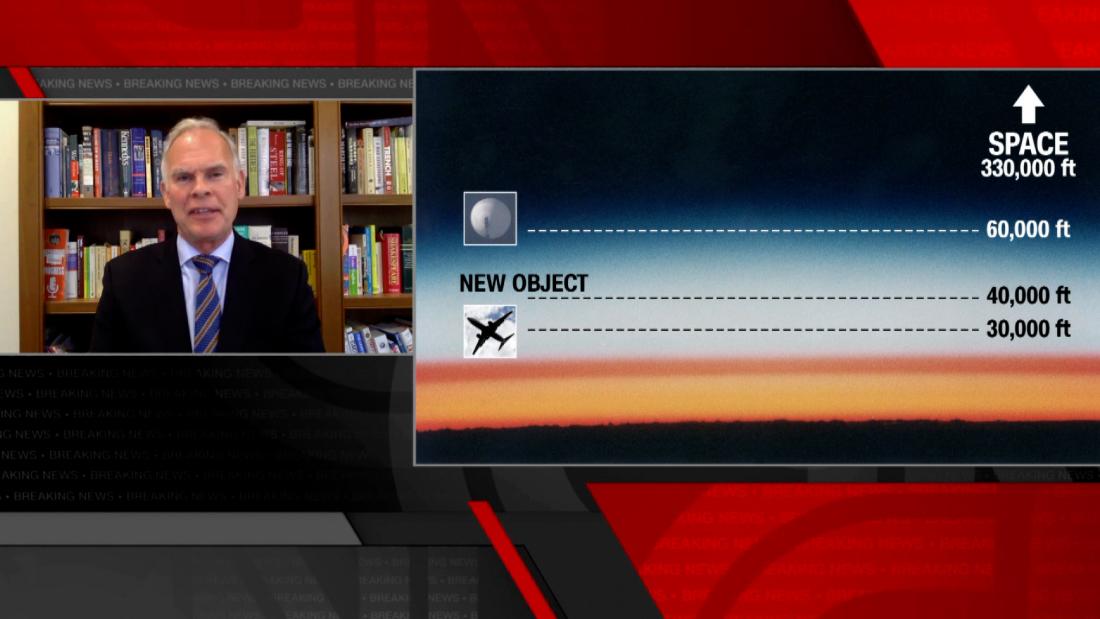Gun Violence: ‘The Thin Line Between Perpetrator and Victim’
As statistics indicate an upsurge in violent crime across the country, some policymakers and worried citizens have called for a revival of tough-on-crime strategies. But community anti-violence workers and municipal leaders warned at a recent webinar that such a response would be counterproductive.


Pastor Mike McBride
Pastor Mike McBride has spent decades working to reduce gun violence in neighborhoods around the nation, but he’s never forgotten a conversation he had with one young man.
McBride, a co-founder of the National Black Brown Gun Violence Prevention Consortium, asked the youth—as he has asked dozens of his peers—to stop endangering the safety of his community by using guns.
“When are we going to have conversation about what’s going to keep me safe?” the youth responded.
“When you ask me to put my gun down, you’re not asking me to be concerned about my safety―you’re asking me to put my gun down for your safety.”
That answer, for McBride, crystallized the misunderstandings and stereotypes that have characterized most official attempts to grapple with gun violence.
As statistics indicate an upsurge in violent crime across the country, some policymakers and worried citizens have called for a revival of the tough-on-crime approach of recent decades, and a walk-back of recent reforms to reduce the harsh level of punishment.
But such responses pointedly ignore the individuals at the core of the problem: troubled young men trying to cope with what to them is a fearful environment.
Authorities find it easy to portray individual perpetrators of violence as “monsters, as individuals who [must] be hunted down,” McBride said. “But many of the young men we work with literally have holes in their bodies, metal bullets in their bodies.”
“When we sit down with these young men,” he continued, “When we sit down with their families, we find anger and fear (and) pain that has never been addressed.”
McBride’s conclusion: Effective efforts to stop the violence that takes the lives of hundreds of youth every year in America must begin with the recognition that “there is a thin line between perpetrator and victim” in the country’s most violence-plagued neighborhoods.
And it must go on to recognize that the violence has been exacerbated by the “rising level of trauma in Black communities in particular,” he said.
“This is one of the untold stories of the COVID crisis—the disproportionate rate of infections, illnesses and deaths has literally created a wave of instability in the hierarchies of black families, black communities and black neighborhoods,” McBride said.
“Many young men that we’ve talked to are now self-medicating, and the self-medicating has created a shorter fuse that leads to lethal conflicts.”
McBride was speaking at a webinar last week centered on the theme that the epidemic of gun violence was as much a public health as a law enforcement issue. The webinar was organized by the Center on Media, Crime and Justice at John Jay College, publisher of The Crime Report.
The webinar, which brought together community anti-violence workers, researchers and municipal leaders, underlined fears that “official” hardline rhetoric about stopping crime could reverse many of the slow, often hard-to-see gains made by dozens of community gun violence intervention efforts around the country—interventions that, as McBride describes them, “put the actual perpetrator slash victim at the center of our public safety conversations and strategies, and not as the target of our interventions.”
“Violence is driven by a small number of people,” said Paul David Smith, director of reconciliation at the National Network for Safe Communities (NNSC) at John Jay College of Criminal Justice.

Paul David Smith
The NNSC, accordingly, employs what it calls “focused deterrence” that puts community pressure to bear on the individuals who are identified as instigators or perpetrators of violence.
Echoing McBride’s comments, Smith noted, “When you look at most individuals who are toting guns, their profile is exactly like the victim. Today’s victim on your [TV] screen who survives could eventually be tomorrow’s shooter on your screen.”
But the strategy also recognizes “the trauma and victimization of people involved in violence.”
“It’s not necessarily post-traumatic stress,” he said. “It’s present traumatic stress, and focusing on the small number of individuals who are at the highest risk, keeps the focus narrow, and it allows us to help cities implement strategies that have procedural justice at the crux of their conversation.”
The Role of Cities
The response of cities is crucial, said Anthony Smith (no relation), Executive Director of Cities United, a national mayor-led initiative founded in 2011 by then-Philadelphia Mayor Michael Nutter.
”Every city needs a comprehensive public safety strategy that puts those most impacted by community violence–young people and their families—at the same table with municipal agencies, services and law enforcement,” he said.
“Public safety is not just about law enforcement, jails and detention centers―that’s the after effect. Public Safety really is about things like affordable housing, safe and affordable housing, and access to quality jobs and education.”
Lorena González, president of Seattle City Council, agreed.

Lorena Gonzalez
Cities can take the lead with programs that range from putting better lighting in disadvantaged neighborhoods to “helping people who have been neglected for generations feel like they are getting some level of investment, with things that aren’t directly related to law enforcement, but that are critical to building complete, resilient, safe neighborhoods,” she told the webinar.
But she acknowledged that enacting a public health approach to violence faced a political backlash from conservative legislators and a population newly alarmed by rising crime..
“The window [for justice reform] is not as wide as it was this time last year,” she said. “But I still think that window is open.”
In Atlanta, anti-violence efforts such as a measure to curb gun sales were blocked by the conservative-led Georgia legislature, said Felicia Moore, City Council President.
Nevertheless, with crime up by 58 percent over the previous year, “there’s not a resident or business in our city that hasn’t felt the devastating sting of loss from violence,” Moore said.
“I believe the effectiveness of city-level politics on gun violence, or any other issue of national importance, can be significantly increased when cities work together.

Felicia Moore
“We’re sort of trying to empty an ocean of violence out with a thimble. It’s just impossible for cities to truly meet the needs of community safety, so long as these weapons of destruction are allowed to just pervade our neighborhoods.”
All the speakers in the webinar said they were encouraged by the Biden administration’s declared plans to invest in infrastructure spending.
“In the short term, we (must) stabilize neighborhoods and communities with massive investments in mental health services, grief counseling,” said McBride.
“We should ensure that those who are caught in these violent cycles are targeted, not just for punitive responses to the low-level offenses that may escalate to the more lethal conflicts, but to invest in strategies that help them understand that there’s a pathway out of violence.”
But the long-term goal is to create an environment which “values the courageous work of unarmed citizens who are trained in de-escalation, public health, cognitive behavioral therapy, and other peacemaking strategies that are attempting―at every part of the prevention, intervention and services paradigm―to reduce violence,” he said.
“Our work is literally about creating a scale of national trauma response to violence that has been decades in the making without a federal, state or local investment of tax dollars.”
Additional reading: ‘Policing Alone Will Not Save Us’: Baltimore Mayor, The Crime Report, Aug. 19, 2021
NOTE: Video clips of the panels in the Aug. 18-19 “Gun Violence and Public Health” webinar can be accessed here.
Stephen Handelman is editor of The Crime Report.

 Landwebs
Landwebs 





















